Month: October 2023
-
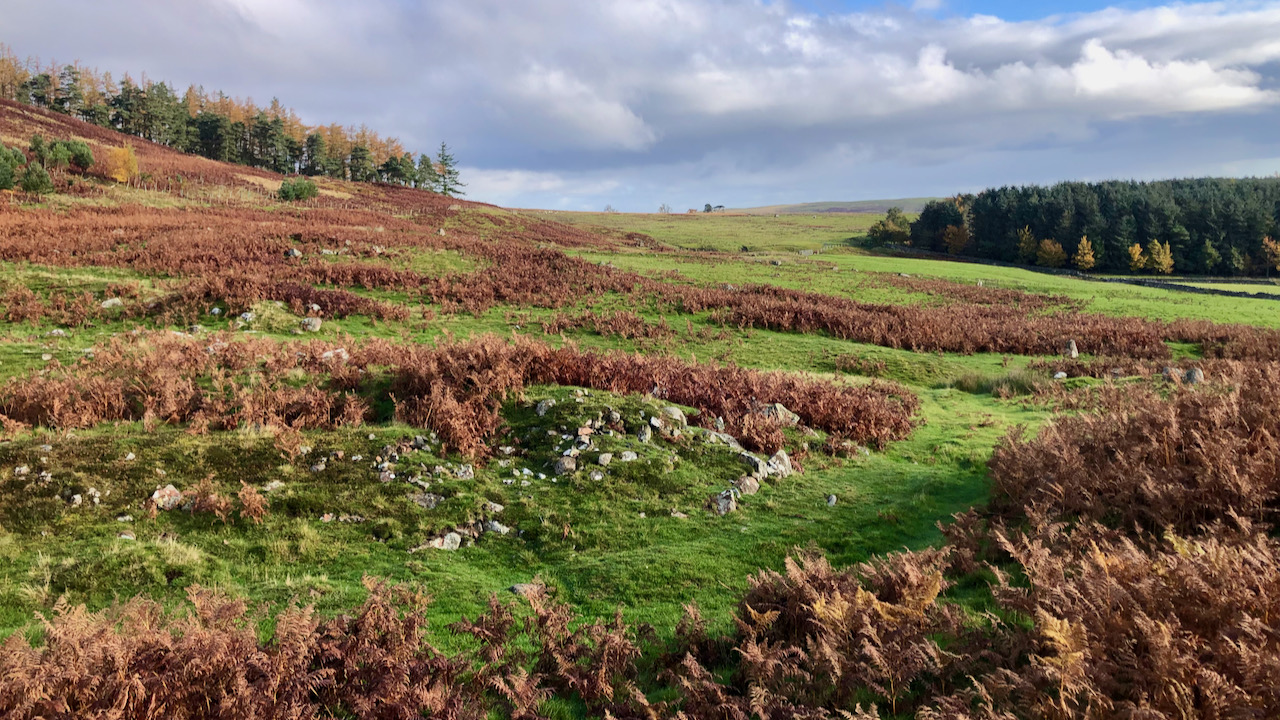
From fields to forts — Greaves Ash’s role in Roman Britain
I see some squiggly lines on the map, paired with fancy Gothic writing, and I just can’t resist taking a look. And more often than not, it turns up a gem. This is Greaves Ash, close to Linhope, high up in the Breamish Valley. Turns out, it is a big Romano-British settlement, with the obvious…
-
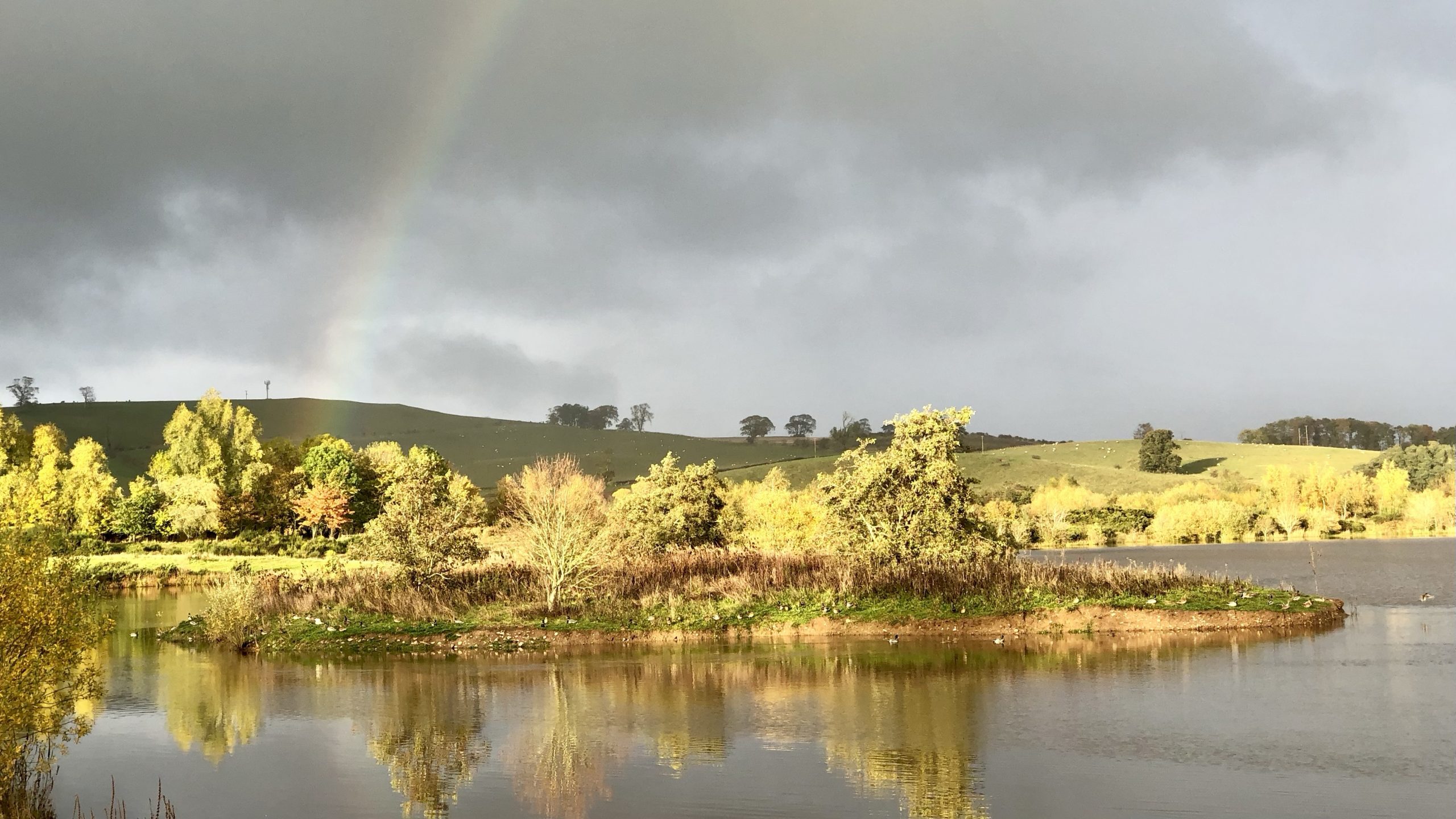
Autumnal Reverie at Branton Lakes
Strolling around the Breamish valley in Northumberland after days of relentless rain, one simply cannot ignore the fact that autumn’s colours have hit their peak. Just a few days back, they seemed rather withered, but the rain has injected vibrant life into the dying leaves, rejuvenating them quite remarkably. About a week ago, prior to…
-

The Ancient Town of Leith
Ancient town of Leith, most wonderful to be seen,With your many handsome buildings, and lovely links so green,And the first buildings I may mention are the Courthouse and Town Hall,Also Trinity House, and the Sailors’ Home of Call. Then as for Leith Fort, it was erected in 1779, which is really grand,And which is now…
-

Blackness Castle
Blackness Castle stands proudly on the banks of the Forth, in the quaint village of Blackness. This sombre, charcoal-coloured edifice carries a rich history with it. Originally, it belonged to the Black Douglas, but King James II of Scotland wrested it from that family’s grasp. It remained under the dominion of the royal family for…
-
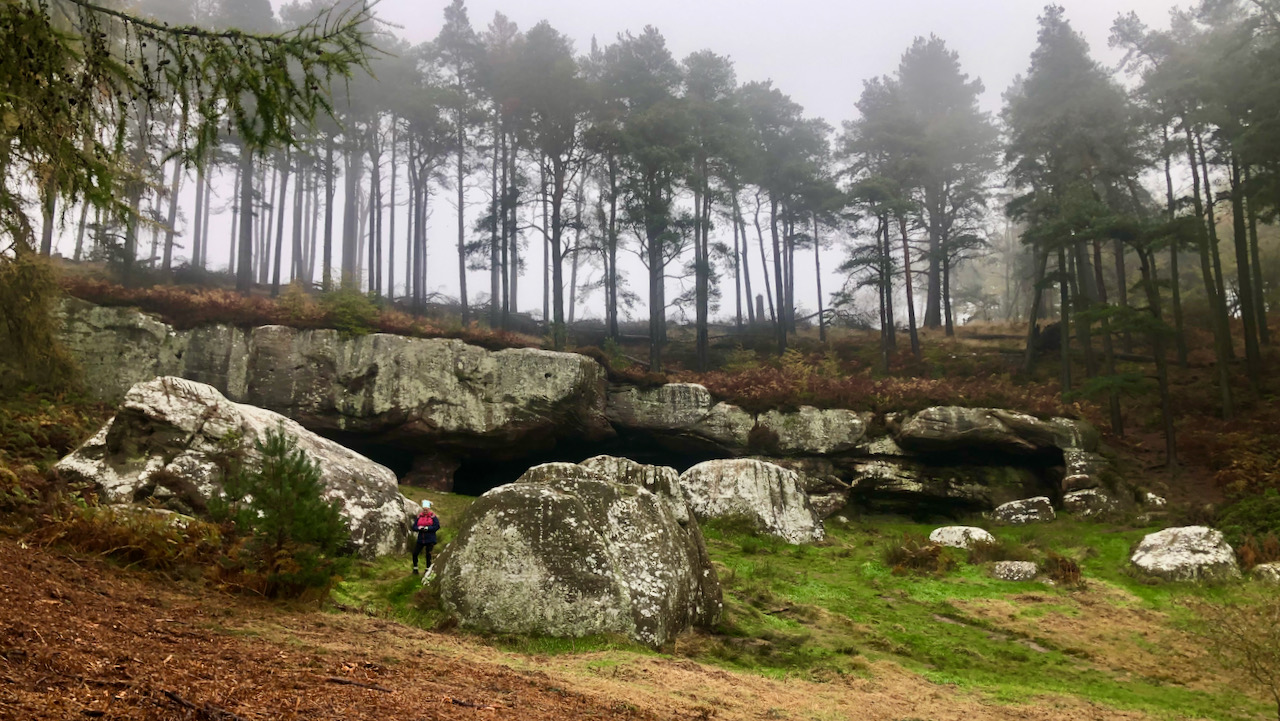
St. Cuthbert’s Cave
A pit stop to stretch our legs during the lengthy journey up to Edinburgh. St. Cuthbert’s Cave, a property owned by the National Trust in the Kyloe Hills, earned its name thanks to a group of monks back in 875. Fearing the looming arrival of the Great Heathen Army, they fled from Lindisfarne Abbey with…
-
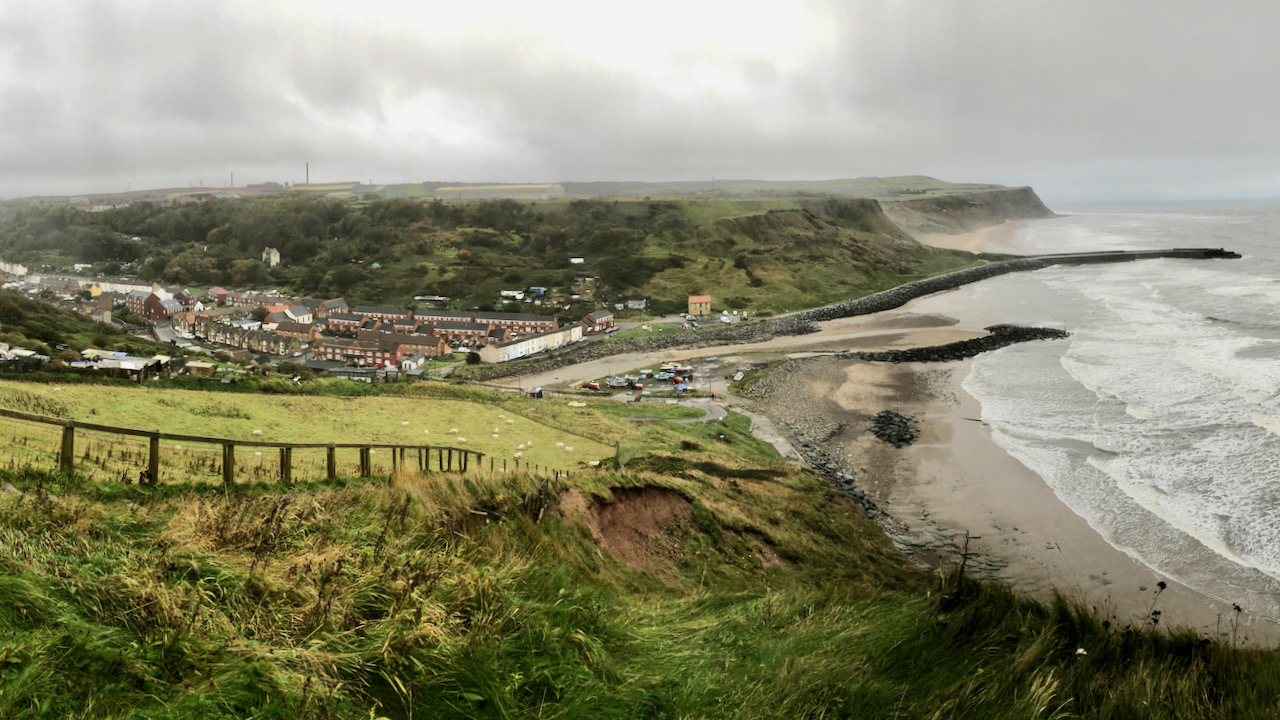
Pig-Iron to Steel: Skinningrove’s Industrial History
Have you ever pondered the origins of Skinningrove, nestled in this sheltered valley leading to the North Sea? What led to its establishment there? I certainly have. Back in 1873, when the Loftus Iron Company first erected two blast furnaces on that hill overlooking the valley, the iron-smelting industry was already thriving in the Cleveland…
-
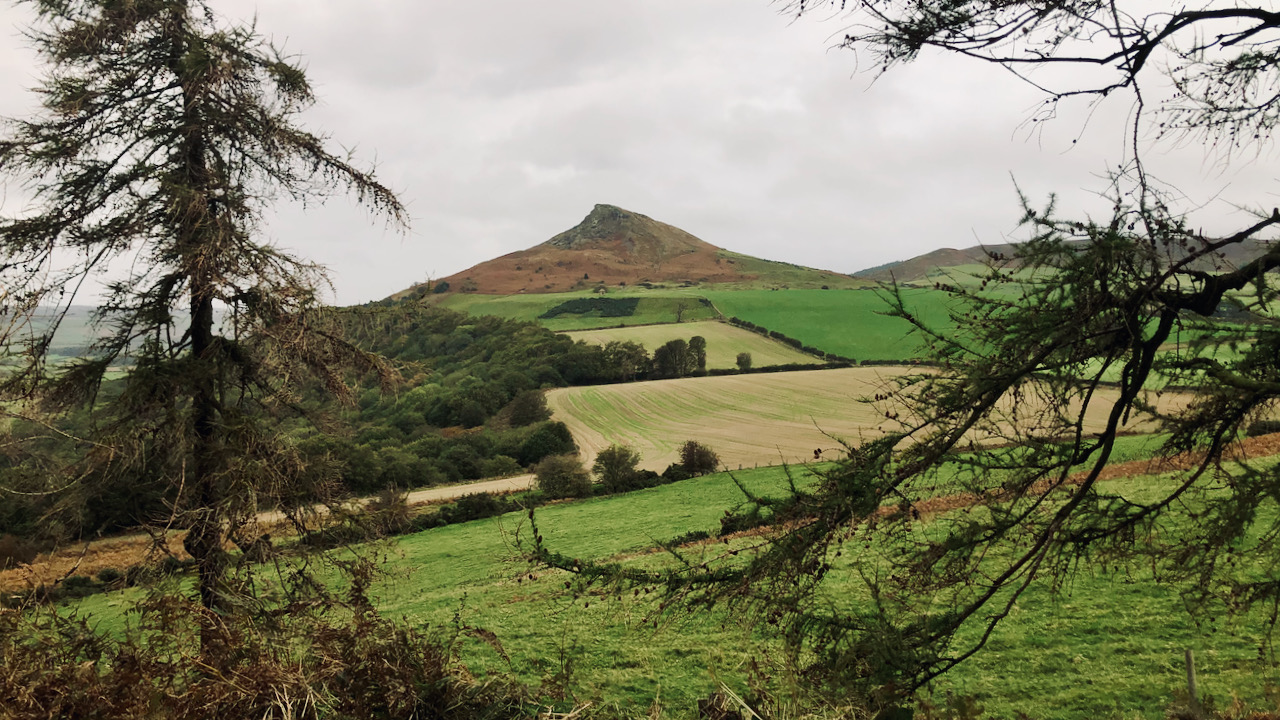
United Nations Day
With the promise of rain in the forecast and a list of errands to do in Stokesley, a swift blast up Roseberry was the imperative for the day. “How many roads must a man walk down Before you call him a man?” In 1962, so Bob Dylan sang, and, during my formative years, I couldn’t…
-
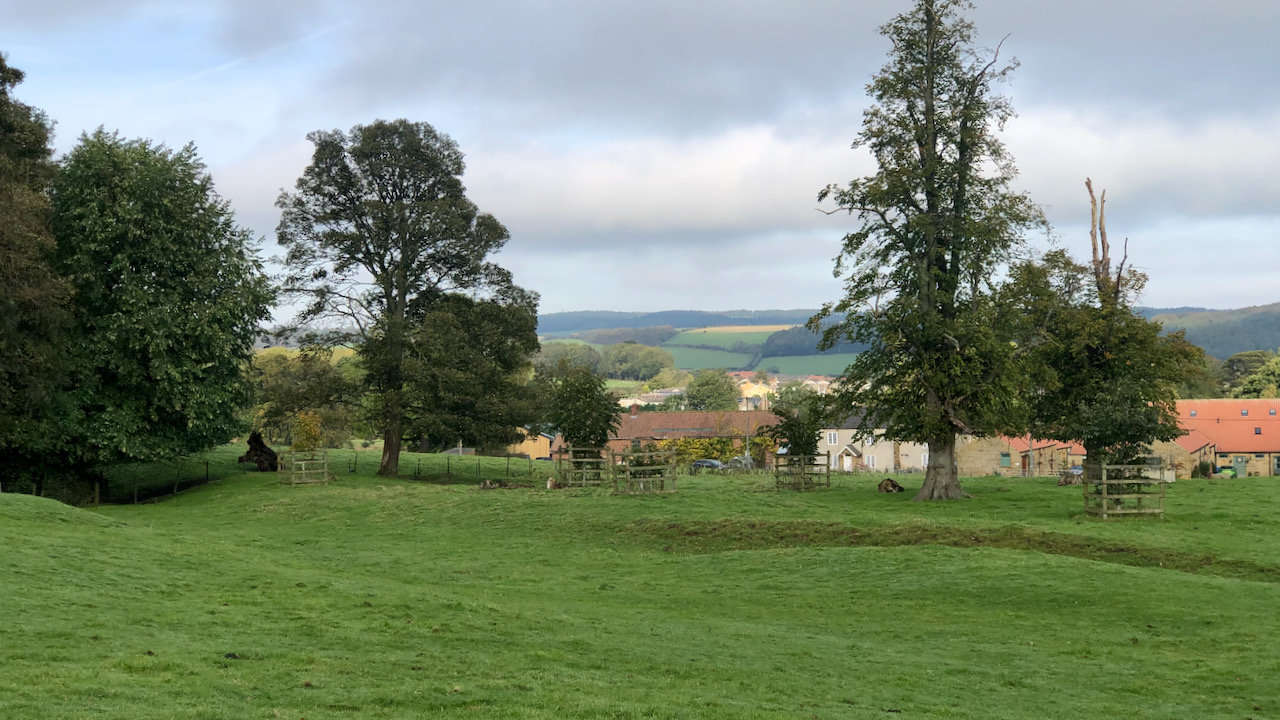
Cutting the First Sod on the Codhill Branch on the Gisbro’ and Middlesbro’ Railway
Cutting the First Sod on the Codhill Branch on the Gisbro’ and Middlesbro’ Railway. — It having been generally circulated throughout the town of Gisbro’ and neighbourhood that the first sod on the Codhill branch of the Middlesbro’ and Gisbro’ railway for the working of ironstone would be removed on Monday last, a large company…
-
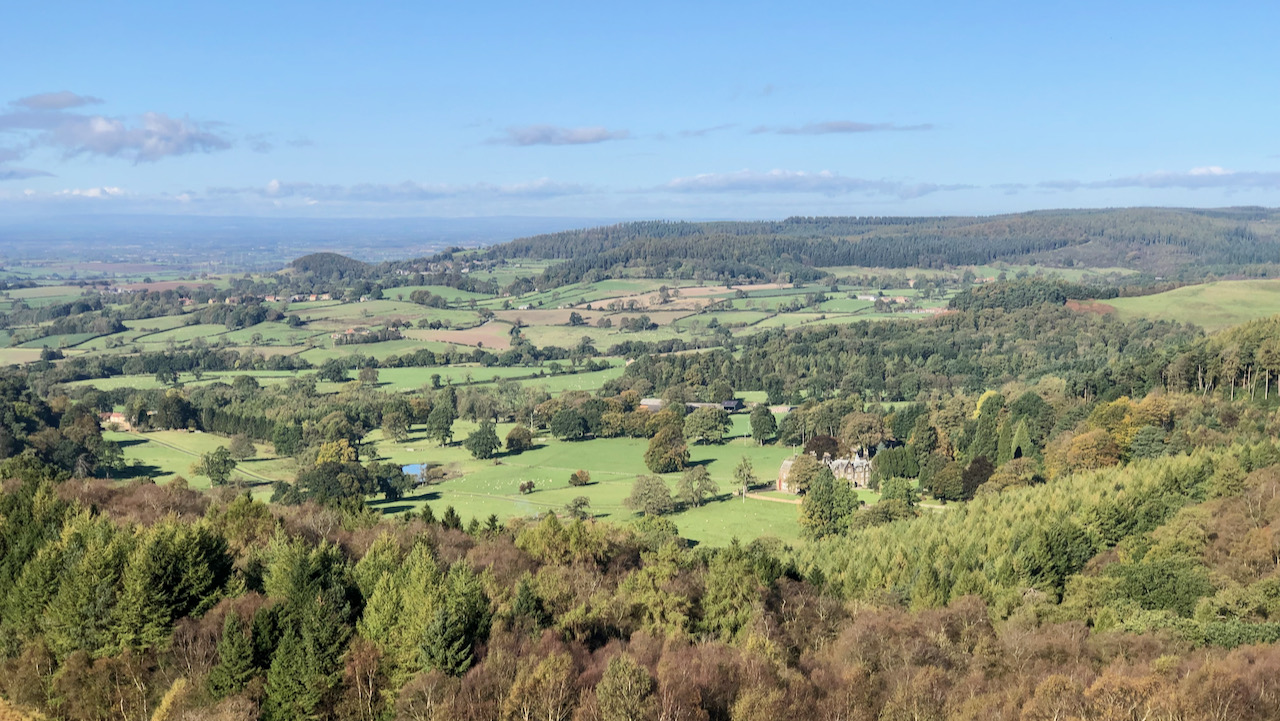
A Kepwick Mystery
For your delectation, another folk tale of the North Riding of Yorkshire from the pen of Richard Blakeborough. This story appeared in an article in the Northern Weekly Gazette on the 15 November 1902. I was reminded of the tale as I descended Gallow Hill toward Kepwick village, a tale fitting for the approaching Halloween…
-
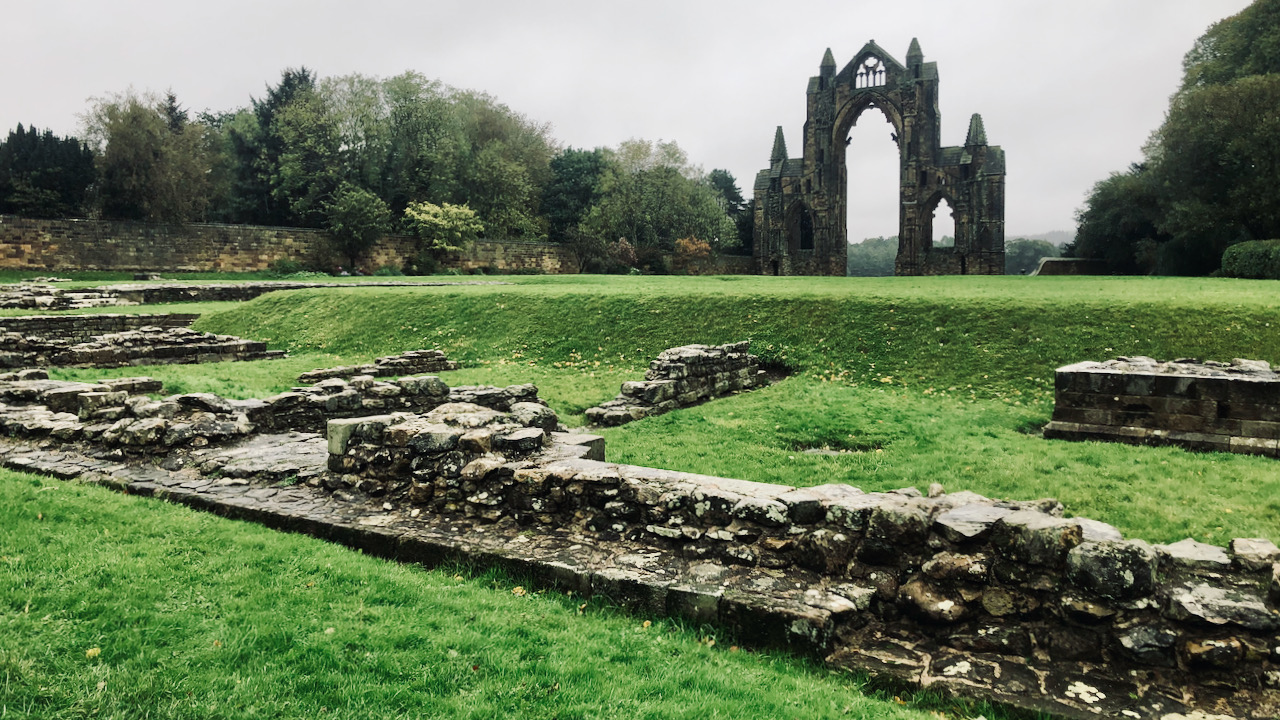
Guisborough Priory — Something about its construction
On another dreich morning, I avoided the hills. Guisborough Priory, founded in 1119, predates Rievaulx (1132). As someone with a background in construction, I often ponder the time and resources invested in such historical structures. What stands before us today are the remains of the third stone church. The initial stone church commenced around 1140,…